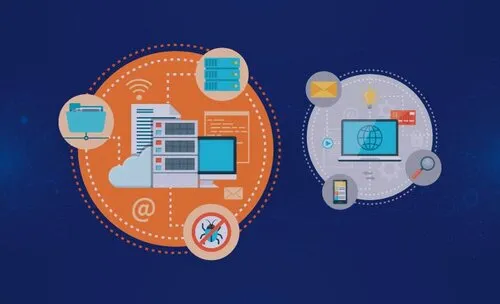
There is currently an exponential growth of media content, which is both good and challenging for media and entertainment companies. It is good because the availability of content is the main factor that drives media progress, but it is also demanding because it calls for highly efficient organization.
Other issues that must be dealt with in order to stay competitive in the fierce media market are the stabilization of legacy businesses, the reduction of back-office costs, as well as the creation of satisfactory experiences for growing and more demanding audiences. How are news, media, cable services or internet providers to handle challenges of this kind?
Deployment of robotic process automation in media is the answer that many businesses are turning to. Spotify, Netflix, or Facebook are some examples of media companies whose large scale success is at least to some extent contingent on the utilisation of disruptive technologies.
This being said, the question What can you actually do with RPA in the media industry? is legitimate. So let us pursue our preferred pragmatic approach and answer based on consideration of some robotic process automation use cases, which should give you a taste of what you can do with RPA and what for.
Real-world use cases of robotic process automation in media
1. Device activation
We can all agree that we live in a century of fast action, right? Media companies must ensure that mobile devices can be swiftly activated, in order to live up to customers’ expectations. Software robots can efficiently work across several systems in parallel, which drastically reduces processing times for device activation from days to hours.
2. Customer management
There is a growing demand worldwide for network expansion since hardly any household considers itself ‘complete’ without services like broadband access to internet, cable TV with a wide spectrum of available programs, landline, mobile telephone, etc. Consequently, media companies must upgrade the customer management system in order to be able to identify quickly and accurately the premises that are likely to welcome the services that they provide.
This is part of streamlining the expansion process, a part that is characterized by being repetitive, high volume, and rule-based. All these are process features that call for RPA. With the help of software robots, the company’s sales team can be more proactive by tracking the construction sites and knowing exactly to whom and when to make a service offer.
3. Service requests
Network expansion also brings in the challenge of dealing with more demands from a higher number of clients, who are increasingly aware of their rights to have their complaints addressed in due time. Automation of service requests by RPA can deliver satisfactory resolutions regardless of the typical, daytime working hours.
Chatbots can also decide which presenting problems require human intervention, and hence should be escalated to the employees. Bots’ capacity to work around the clock perfectly serves the goal of reducing customers’ waiting times, thereby increasing their satisfaction and ensuring a higher level of retainment.